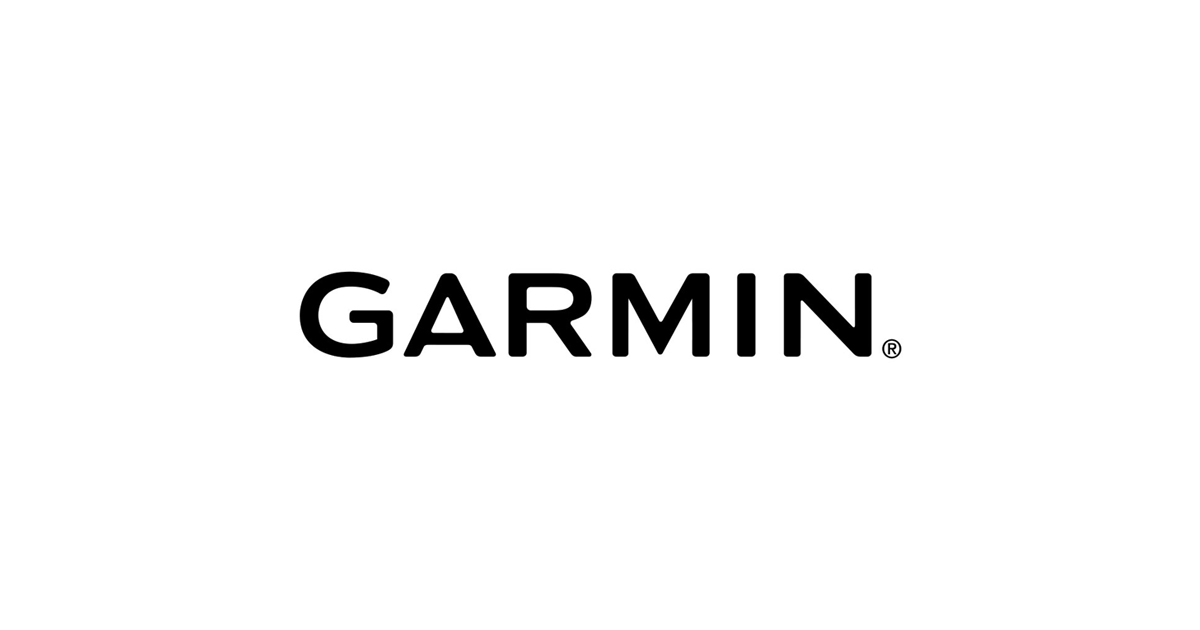I'm currently running an Avin Avant 4 headunit, Bavsound speakers, and I have a dedicated sub amp and subwoofer. This is in an HK car.
I did a bunch of reading, and it seems like this amp will work with my Bavsound speakers? I'd need 2 of them.
I'm just going to split my RCAs out of the Avin, and plug in all 3 amps, correct?
Is anyone running this setup?
I like this route, because once I figure out what aftermarket speakers to go with, I can just leave the amps and they should work fine with pretty much any impedance speaker, yeah?
I did a bunch of reading, and it seems like this amp will work with my Bavsound speakers? I'd need 2 of them.
Unfortunately there's really nothing out there that's "plug and play" and low cost in your application, at least that we're aware of. Because of the configuration of our speakers (i.e. no crossover network), you'll need something that you can run as an "active" setup -- that is, each speaker needs its own channel on the amp, and the amplifier needs to be capable of running high pass filters and band pass filters, and should be relatively low power since our speakers are designed for the lower power of the factory amplifier.
In addition, the amplifier in question needs to be stable down to 1.6 Ohms (for the midbass speakers) and shouldn't produce any additional power at lower impedances. The only amp which fits ALL of these characteristics is JL Audio's Slash series:
You could use two of these to power the entire system.
In addition, the amplifier in question needs to be stable down to 1.6 Ohms (for the midbass speakers) and shouldn't produce any additional power at lower impedances. The only amp which fits ALL of these characteristics is JL Audio's Slash series:
You could use two of these to power the entire system.
Is anyone running this setup?
I like this route, because once I figure out what aftermarket speakers to go with, I can just leave the amps and they should work fine with pretty much any impedance speaker, yeah?


Comment